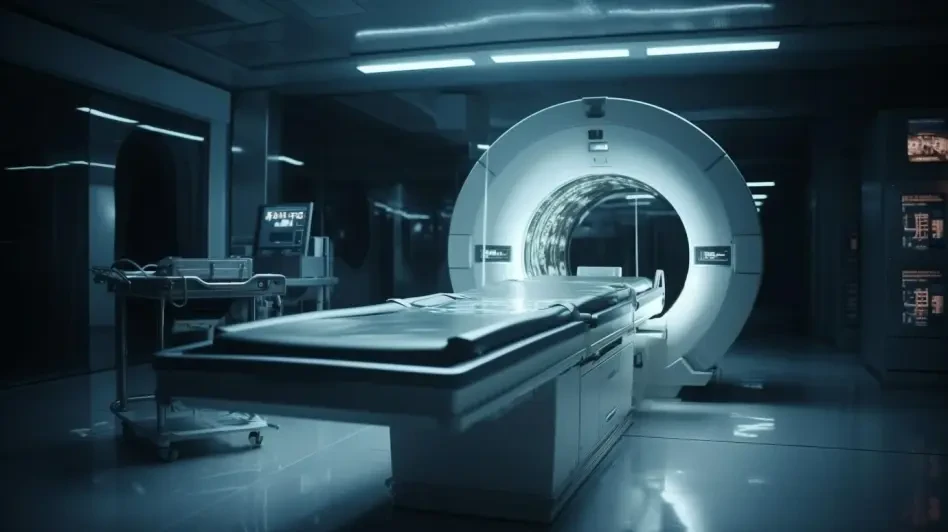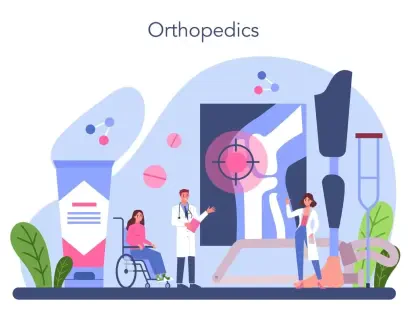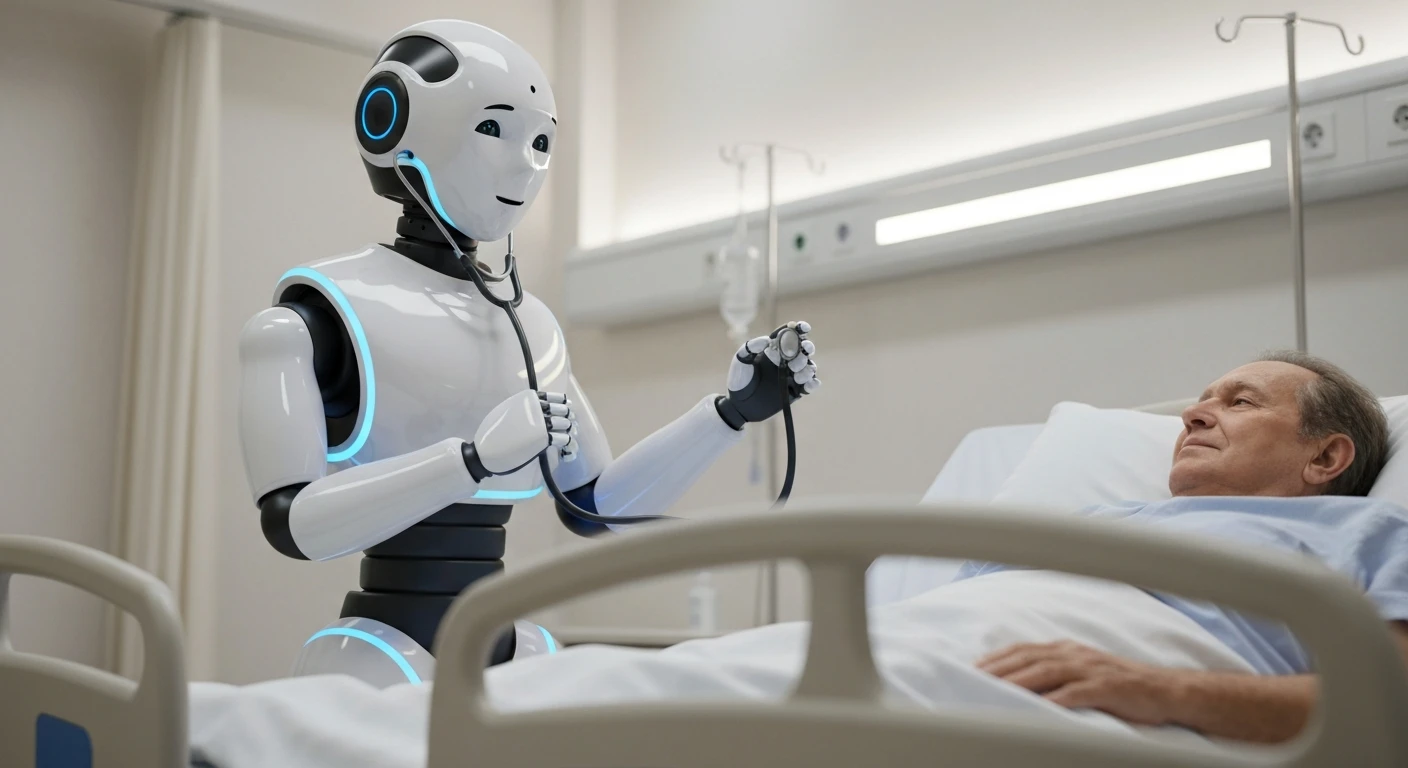The radiology and veterinary care industry operates at the intersection of cutting-edge technology and essential healthcare services, continuously evolving to meet diverse demands. Currently, this sector includes significant market segments such as diagnostic imaging, veterinary radiology, and specialized therapeutic applications. Technological influences shape the industry’s landscape, with advancements like AI-enhanced imaging revolutionizing practices. Leading companies such as Siemens Healthineers are pivotal players, driving innovation while navigating intricate regulations and standards that govern practices in both human and animal care.
Industry Trends and Technological Progress
Today’s healthcare environment witnesses an incredible surge of emerging technologies that redefine traditional methods and create new opportunities. MRI technology stands out prominently due to its capacity for detailed imaging, becoming increasingly pivotal in both radiology and veterinary care. Market dynamics evolve as consumers demand quicker and more accurate diagnostics, prompting the integration of AI and other data-driven solutions. These trends are complemented by a growing emphasis on cost-efficiency and environmental impact, emphasizing sustainable practices and reduced resource reliance, as demonstrated by Siemens’ recent innovations.
Market Insights and Projections
In the context of market growth, the radiology and veterinary care sectors continue to experience positive trajectories. Data analysis forecasts significant expansion, attributing growth to increased adoption of advanced imaging technologies and expanding healthcare infrastructure worldwide. Performance indicators suggest a steady rise in investments, guided by technological breakthroughs such as Siemens’ MRI scanners, offering enhanced capabilities and economic savings. Future forecasts anticipate sustained momentum toward comprehensive digital integration and eco-friendly solutions, underscoring the industry’s progressive movement.
Addressing Industry Challenges
The radiology and veterinary care domains contend with numerous challenges, encompassing regulatory complexities, technological integration hurdles, and market-driven pressures. Navigating the regulatory landscape requires adherence to evolving compliance standards and security protocols, which influence operational practices. To mitigate these obstacles, industry stakeholders must prioritize adapting to regulatory changes, investing in streamlined technologies, and fostering collaboration across the ecosystem to advance healthcare offerings.
Regulatory Landscape and Compliance
Compliance remains a cornerstone of the radiology and veterinary care sectors, as regulations steadily adapt to technological advancements. Noteworthy regulations govern practices within the industry, ensuring safety, quality, and ethical standards in imaging. With regulatory changes continually impacting operations, stakeholders must remain vigilant, fostering robust systems to adhere to compliance mandates. As technology advances, staying aligned with pertinent laws and standards is vital to ensuring that innovations translate effectively into practice.
Future Prospects and Innovations
Looking ahead, the future of radiology and veterinary care aligns closely with innovations and potential disruptors poised to reshape the industry. Technological advancements such as AI-enhanced MRI scanners present new possibilities for improved diagnostics and patient care. Evolving consumer behaviors and heightened focus on sustainability drive demand for versatile, eco-friendly solutions tailored to diverse healthcare needs. Factors such as global economic conditions and progressive regulations are anticipated to propel sustained growth, promising an invigorated healthcare landscape.
Recommendations and Summary
Reflecting on the industry’s dynamic evolution, Siemens’ latest MRI scanner introduction marks a pivotal moment in radiology and veterinary care. The findings highlight opportunities embedded within technological innovations, regulatory adaptations, and market-driven initiatives. Moving forward, stakeholders should prioritize strategic investments in emerging technologies, emphasizing efficient and sustainable healthcare practices. By aligning with regulatory benchmarks and investing in transformative solutions, the industry remains poised for robust growth and impactful advancements beyond the present scope.









